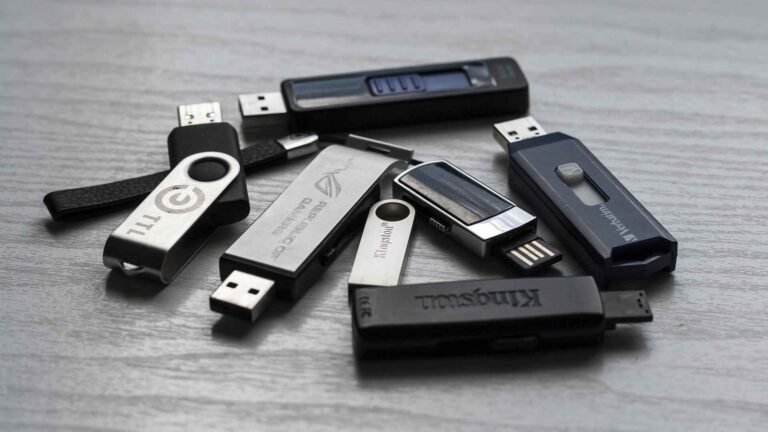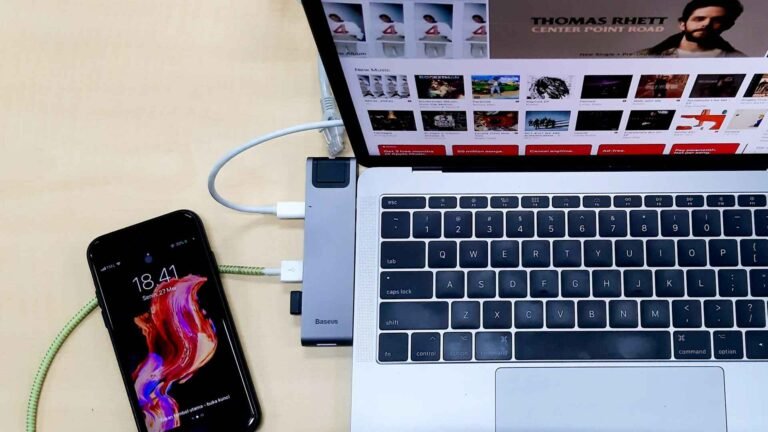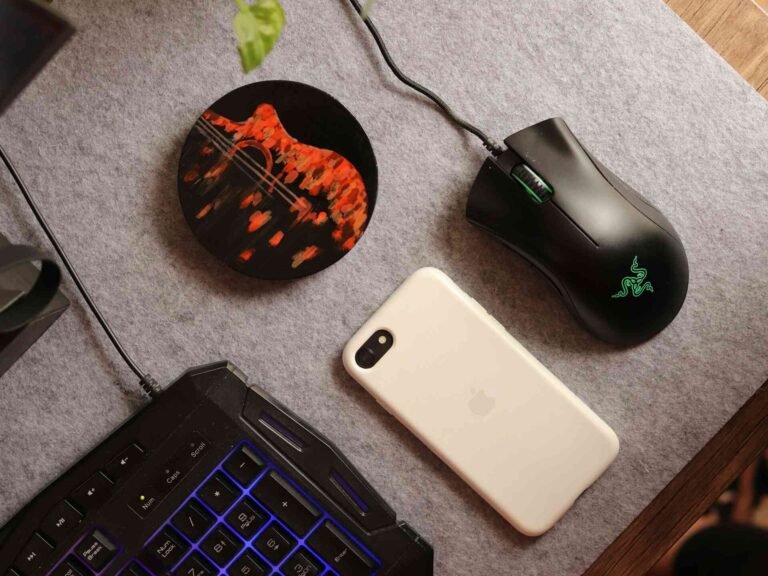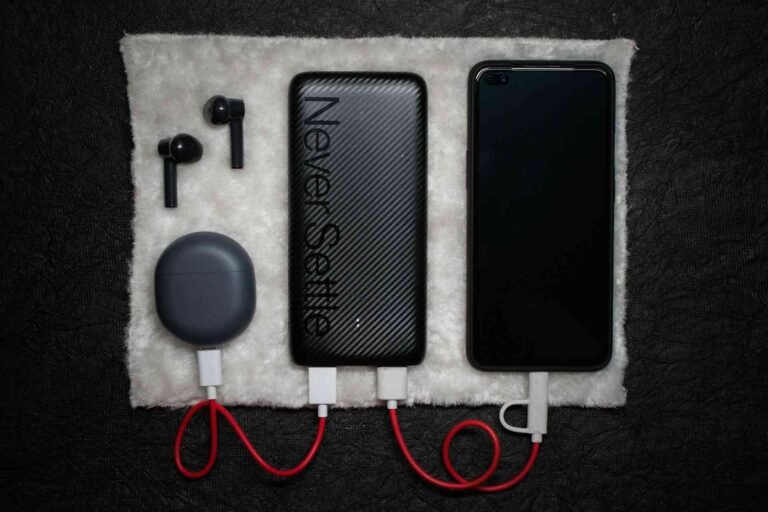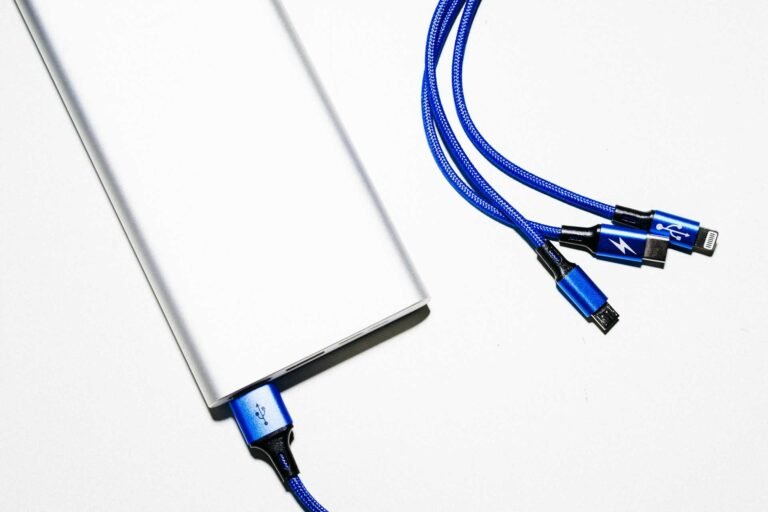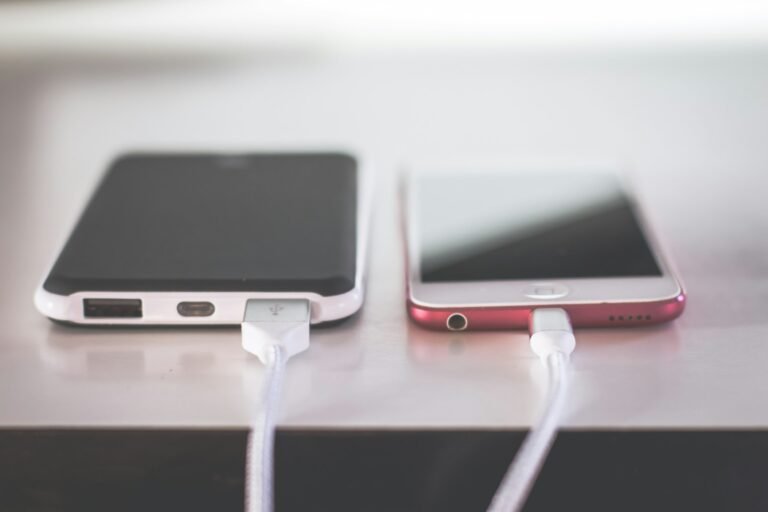Can I Take a Power Bank in Hand Luggage? A Complete Travel Guide
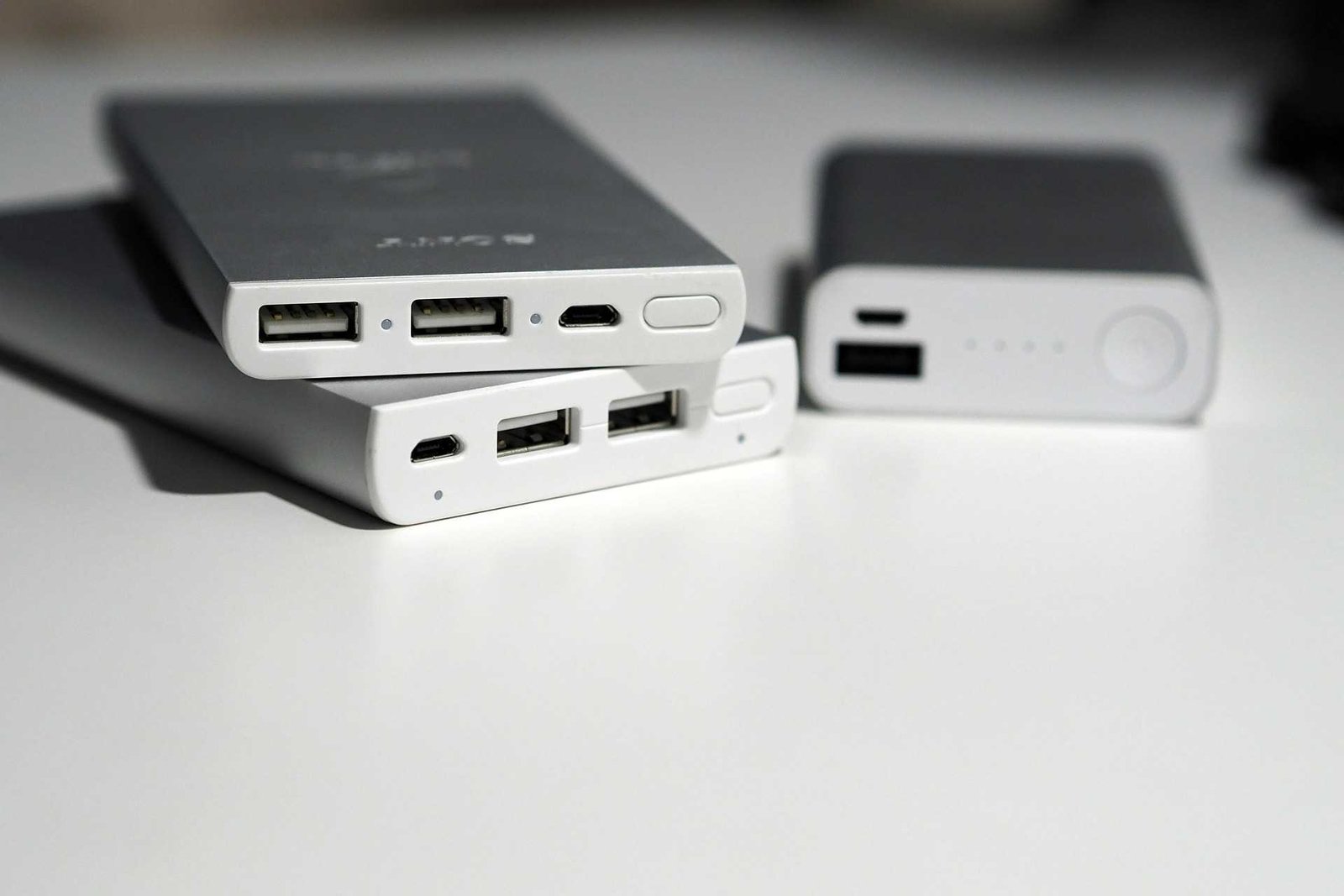
We’ve all been there, standing at airport security, frantically wondering if that essential power bank tucked in our carry-on will cause delays or, worse, get confiscated. With our smartphones being lifelines for boarding passes, maps, and staying connected, running out of battery mid-journey feels like a modern traveler’s nightmare. The good news? You absolutely can take a power bank in hand luggage, but there are some important rules to follow.
Let’s dive into everything you need to know about traveling with your portable charger, so you can breeze through security with confidence and keep your devices powered throughout your journey.
Understanding Power Bank Travel Regulations
When it comes to air travel, power banks fall under the category of lithium-ion battery devices, which means they’re subject to specific safety regulations. The primary concern isn’t about the device itself, but rather the potential fire hazard that lithium batteries can pose in the cargo hold’s pressurized environment.
Power bank allowed in hand baggage is the golden rule here. Aviation authorities worldwide, including the TSA, FAA, and international equivalents, require that power banks travel in the cabin with passengers rather than in checked luggage. This isn’t just a suggestion, it’s a strict requirement designed to ensure passenger safety.
The reasoning behind this regulation is practical: if a lithium battery experiences thermal runaway (basically, starts overheating or catches fire), crew members can quickly address the situation when it’s in the passenger cabin. In the cargo hold, however, such incidents could go unnoticed until it’s too late.
Size Matters: Capacity Limits for Air Travel
Not all power banks are created equal when it comes to air travel. The capacity of your portable charger allowed in hand luggage is measured in watt-hours (Wh) or milliamp-hours (mAh), and different capacity ranges have different rules.
Power Bank Capacity Guidelines
| Capacity Range | Travel Status | Special Requirements | Recommendation in Range (Amazon) |
|---|---|---|---|
| Under 100Wh (≈27,000mAh) | Allowed in hand luggage | No special permission needed | Anker Portable Charger 10,000mAh |
| 100-160Wh (≈27,000-43,000mAh) | Allowed with airline approval | Must get airline permission before travel | SABANI Portable Charger 35000mAh |
| Over 160Wh (≈43,000mAh) | Prohibited | Not allowed on passenger aircraft | Portable Charger Power Bank 60,000mAh |
Most standard power banks fall comfortably within the first category, making them hassle-free travel companions. However, if you’re carrying a high-capacity power bank for extended trips or multiple devices, you’ll want to check its specifications and possibly contact your airline beforehand.
To calculate watt-hours from milliamp-hours, use this simple formula: Wh = (mAh × 3.7V) ÷ 1000. For example, a 20,000mAh power bank typically equals about 74Wh, well within the unrestricted range.
Essential Rules for Traveling with Power Banks
Beyond capacity limits, there are several other important regulations to keep in mind when you can take a power bank in hand luggage:
Quantity Restrictions
Most airlines allow passengers to carry up to two power banks without special permission, provided they’re under 100Wh each. If you need more than two, you’ll typically need to get approval from your airline in advance.
Condition Requirements
Your power bank must be in good working condition. Devices with damaged cases, exposed batteries, or signs of swelling should never be brought on board. Airlines take battery safety seriously, and damaged power banks pose significant risks.
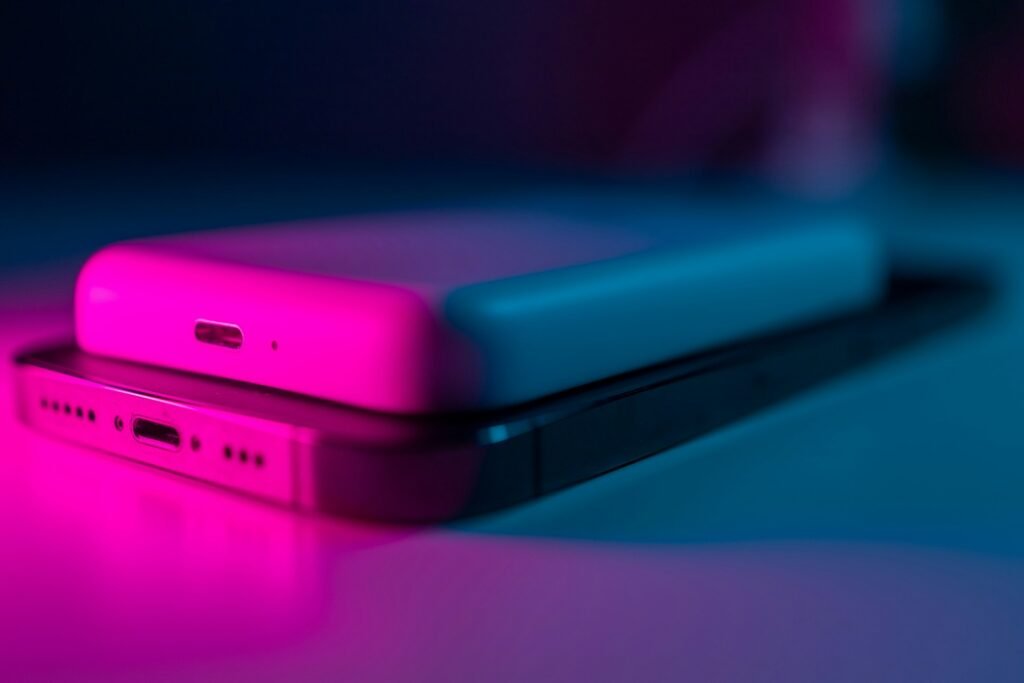
Accessibility During Flight
While your power bank can be carried in hand luggage, you cannot use it to charge devices during takeoff and landing. Most airlines allow power bank use during the main flight, but always follow crew instructions regarding electronic device usage.
Proper Storage
When not in use, power banks should be stored with their power buttons protected to prevent accidental activation. Many experienced travelers use the original packaging or dedicated cases to prevent short circuits from keys or other metal objects.
Smart Packing Tips for Power Banks
Getting your charger and power bank in hand luggage through security smoothly requires some strategic packing. Here are our tried-and-true tips:
Security Checkpoint Preparation
Unlike laptops, power banks typically don’t need to be removed from your bag during security screening. However, having them easily accessible can speed up the process if security personnel need to inspect them. Consider packing them in an outer pocket or near the top of your carry-on.
Cable Management
Pack your charging cables in the same compartment as your power bank. There’s nothing more frustrating than having power available but no way to connect your devices. Understanding USB compatibility can help you pack the right cables for all your devices. Carrying a compact power bank with built-in cables can save space and hassle.
Multiple Device Strategy
If you’re carrying multiple devices, consider how many you’ll realistically need to charge during your journey. A single high-quality power bank can often handle a smartphone, tablet, and wireless earbuds for most trips. Efficient charging stations at home can ensure all your devices start the journey fully charged.
International Travel Considerations
While the basic rule that power bank allowed in hand luggage applies globally, different countries and airlines may have slightly varying interpretations of the regulations. European airlines generally follow similar guidelines to US carriers, but some budget airlines might have more restrictive policies.
Documentation Tips
For high-capacity power banks (those approaching the 100Wh limit), consider bringing documentation that clearly shows the device’s specifications. This can speed up any discussions with security personnel or airline staff.
Regional Variations
Some countries have additional restrictions on the total number of lithium battery devices you can carry. Research your destination’s specific requirements, especially if you’re traveling to countries with particularly strict import regulations.
Choosing the Right Travel Power Bank
Not all power banks are ideal travel companions. When selecting a power bank for air travel, consider these factors:
Size and Weight
Compact, lightweight power banks are obviously easier to travel with. However, don’t sacrifice too much capacity for portability, there’s a sweet spot that provides adequate power without adding excessive bulk to your luggage.
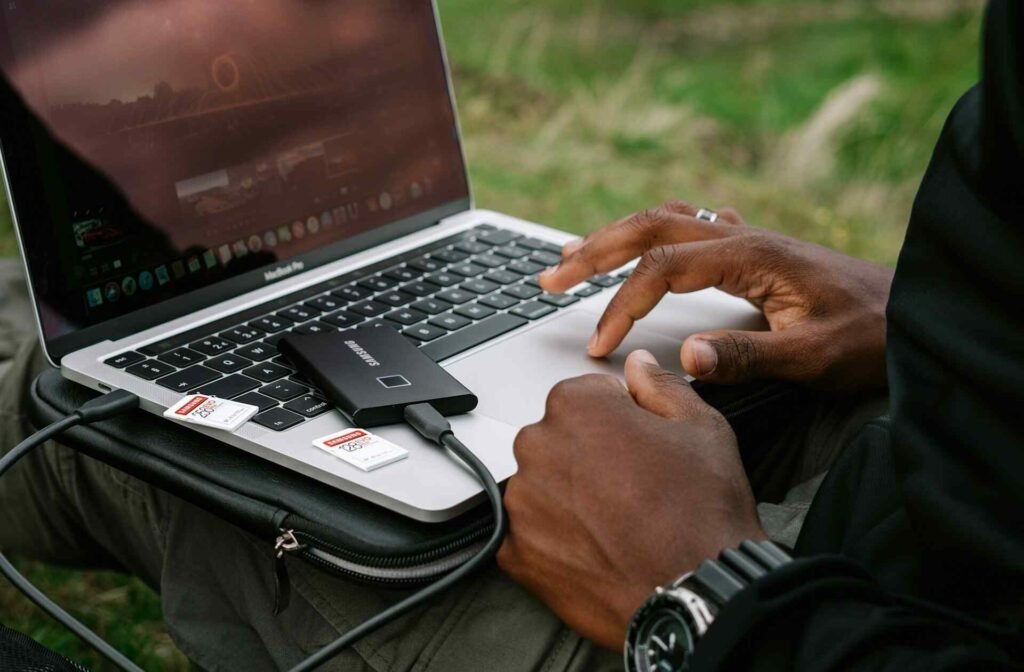
Pass-through charging capabilities
Pass-through charging can be particularly useful during layovers, allowing you to charge both your devices and the power bank simultaneously when you find an airport charging station.
Multiple Port Options
Power banks with multiple USB ports let you charge several devices simultaneously, which can be a lifesaver when traveling with companions or carrying multiple gadgets. Understanding how many devices USB can support helps you choose the right multi-port solution.
Build Quality and Safety Features
Look for power banks with built-in safety features like overcharge protection, short circuit prevention, and temperature monitoring. These features not only protect your devices but also reduce the risk of incidents that could concern airline safety personnel.
What Happens If You Forget the Rules?
We’ve all made packing mistakes, and sometimes power banks end up in checked luggage by accident. If this happens, airport security will typically remove the power bank from your checked bag and either dispose of it or, in some cases, allow you to retrieve it and move it to your carry-on if you catch the error early enough.
However, don’t count on being able to retrieve a power bank from checked luggage, the safest approach is to always pack it in your carry-on from the start. The inconvenience and potential cost of losing a power bank far outweigh the minor effort of proper packing.
Frequently Asked Questions
Can I bring multiple power banks in my hand luggage?
Yes, most airlines allow up to two power banks under 100Wh each without special permission. For additional power banks or higher capacity devices, contact your airline in advance.
Do I need to turn off my power bank during the flight?
Power banks should be turned off during takeoff and landing, similar to other electronic devices. During the main flight, most airlines allow their use, but always follow crew instructions.
What if my power bank doesn’t show its capacity in watt-hours?
Most power banks list their capacity in mAh. Convert to watt-hours using the formula: Wh = (mAh × 3.7V) ÷ 1000. Standard power banks under 27,000mAh are typically fine.
Can I use my power bank to charge devices during the flight?
Generally yes, during the main flight portion. However, you cannot use power banks during takeoff and landing, and some airlines may have specific restrictions about charging devices during flight.
What happens if my power bank is damaged?
Damaged power banks are not allowed on aircraft under any circumstances. This includes devices with cracked cases, exposed batteries, or any signs of swelling or damage.
Are there different rules for international flights?
The basic rules are similar worldwide, but some airlines or countries may have additional restrictions. Check with your specific airline and destination country’s regulations before traveling.
Conclusion
Traveling with a power bank doesn’t have to be stressful once you understand the rules. Remember that your power bank can be taken in hand luggage as long as it meets capacity requirements and is in good condition. The key is preparation, check your power bank’s specifications, pack it in your carry-on, and keep it easily accessible during security screening.
Think of your power bank as an essential travel companion, right up there with your passport and boarding pass. With proper planning and knowledge of the regulations, you’ll never have to worry about your devices dying at the worst possible moment. Whether you’re capturing memories, staying connected with loved ones, or simply need your phone for navigation in a new city, a properly packed power bank ensures you’re always powered up and ready for whatever your journey brings.
Safe travels, and may your batteries always be charged!
Looking for more? Check out our tech utilities category for more articles and guides that may interest you!
Featured image credit: Image by Eak K. from Pixabay
This content is for informational purposes only. Please verify current information directly on the retailer’s site before purchasing.

